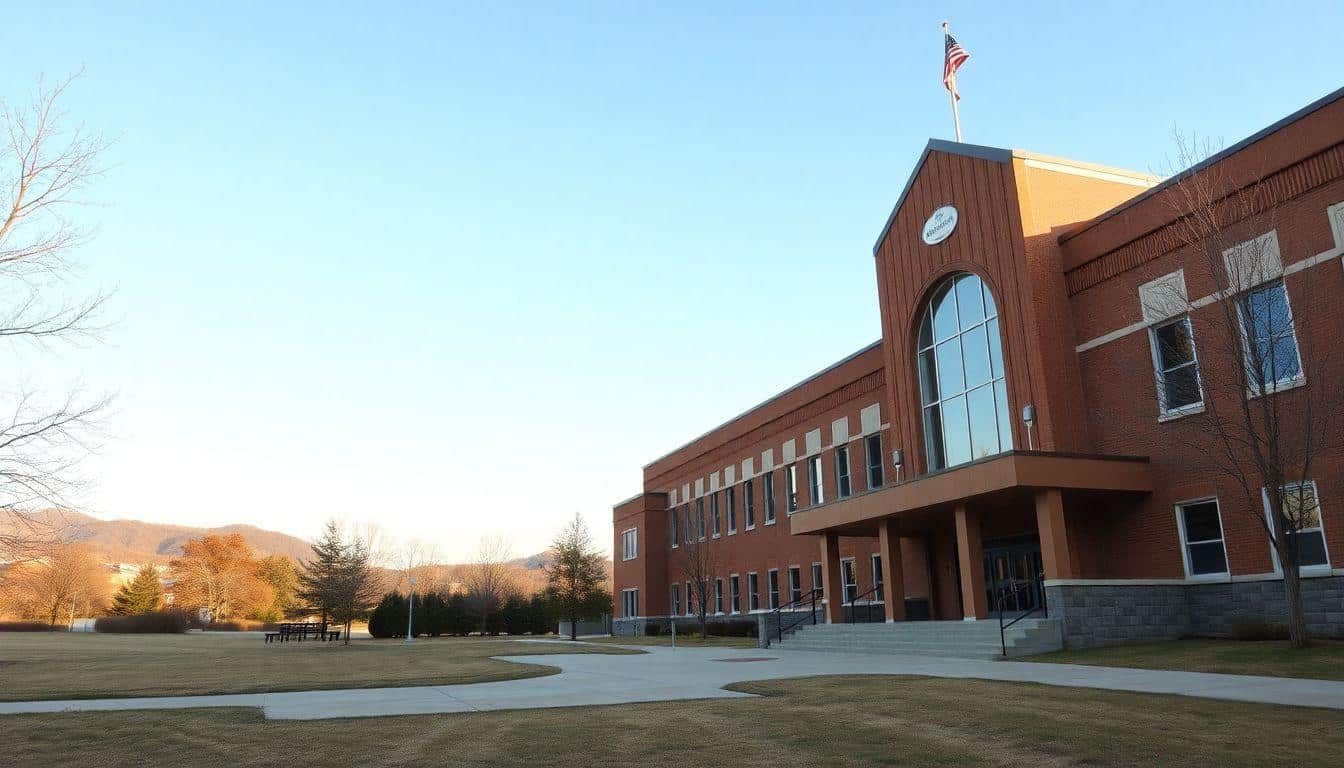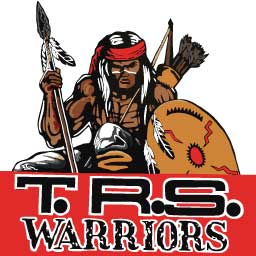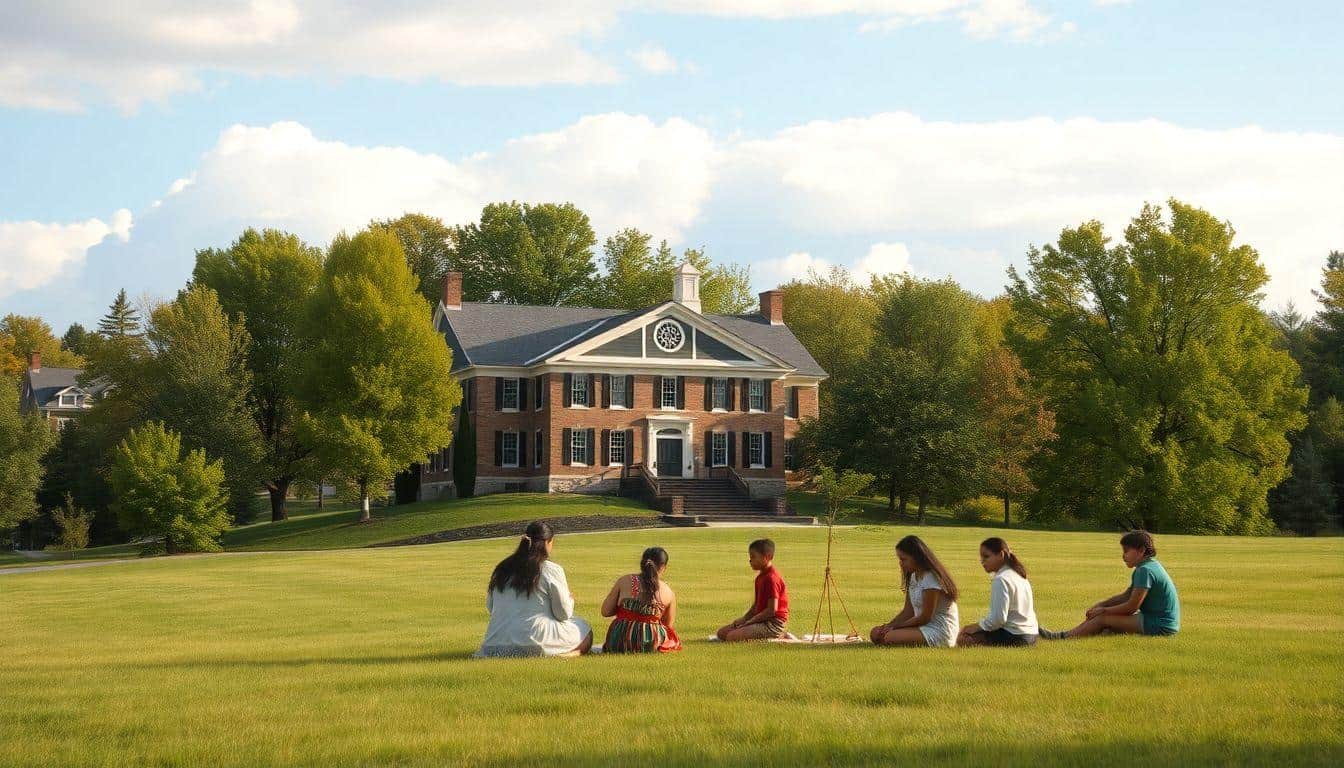The enduring importance of boarding schools for Native communities remains a complex tapestry woven with threads of pain, resilience, and cultural revitalization. Once tools of cultural genocide, these institutions have evolved, becoming sites of tenacity and empowerment. This multifaceted legacy is often misunderstood, yet it plays a critical role in the ongoing narrative of Native identity and education.
Historical Context: The Painful Genesis
Native American boarding schools were initially established in the late 19th century with the explicit aim of assimilating Indigenous children into Euro-American culture. The motto “Kill the Indian, Save the Man” encapsulated the brutal intention behind this policy. Children were forcibly removed from their families, stripped of their language and traditions, and subjected to harsh disciplinary measures. The trauma inflicted during this period is well-documented, with historical accounts providing chilling testimonies of abuse and cultural suppression.
Consider the Carlisle Indian Industrial School, founded in 1879 by Captain Richard Henry Pratt in Pennsylvania. It became the prototype for similar institutions across the United States and Canada. Pratt’s philosophy was clear: to extinguish Indigenous identities and replace them with Western norms. The pervasive impact of these schools was felt across generations, leaving scars that are still healing today.
Despite this harrowing beginning, the boarding school experience is not solely one of oppression. As time progressed, these institutions inadvertently became crucibles of cultural resilience. The shared experience of navigating these oppressive environments fostered a sense of community among Native students, who began to resist and reclaim their cultural heritage in subtle yet profound ways.
Insider Tip: According to Dr. Michael Yellow Bird, a prominent sociologist and author, recognizing the dual legacy of these schools is crucial for understanding the modern dynamics of Native American education and community-building.
A Shift in Perspective: From Assimilation to Empowerment
The narrative surrounding boarding schools began to shift in the mid-20th century. Changes in policy, driven by both Indigenous activism and broader civil rights movements, transformed these schools from places of enforced assimilation to potential centers of empowerment. The Indian Self-Determination and Education Assistance Act of 1975 marked a turning point. This legislation allowed Native communities greater control over their educational systems, fostering environments where cultural education could thrive alongside academic learning.

The Santa Fe Indian School in New Mexico serves as a prime example of this transformation. Now governed by the 19 Pueblo tribes of New Mexico, it integrates traditional knowledge and language into its curriculum, fostering a sense of pride and identity among its students. This model has inspired similar initiatives across Native communities, reinforcing the idea that education can be a tool for cultural preservation rather than erasure.
In my own experience visiting such institutions, I’ve witnessed firsthand the powerful impact of culturally integrated education. Students engage with their heritage through art, storytelling, and ceremonies, creating a vibrant tapestry of learning that honors the past while preparing for the future.
Cultural Resilience: The Transformative Power of Community
The modern relevance of boarding schools lies in their ability to nurture cultural resilience. Through shared experiences, students develop a collective identity that strengthens community bonds. This is not merely about surviving the system but transforming it into a source of empowerment.
Take, for instance, the role of language revitalization programs in these schools. By teaching Native languages, schools play a pivotal role in preserving and promoting cultural heritage. Language is more than a means of communication; it embodies a worldview and a connection to ancestral knowledge. Schools like the Red Cloud Indian School in South Dakota offer Lakota language courses, helping students reclaim their cultural narratives and pass them on to future generations.
The impact of these programs extends beyond the classroom. They instill a deep sense of pride and belonging, equipping students with the confidence to navigate both Indigenous and non-Indigenous worlds. This dual identity is a powerful asset, enabling young people to bridge cultural divides and advocate for their communities on a broader stage.
Insider Tip: As noted by Dr. Teresa LaFromboise, a Stanford University psychologist specializing in Native American mental health, the integration of cultural education in boarding schools is linked to higher self-esteem and academic success among Native students.
The Role of Boarding Schools in Modern Native Education
While boarding schools have evolved, challenges remain. Issues of funding, access, and curriculum continue to impact the quality of education available to Native students. Yet, the enduring importance of these institutions cannot be overstated. They offer a unique environment where Indigenous knowledge and Western education can coexist and complement each other.
The success of schools like the Navajo Preparatory School in New Mexico, which combines rigorous academic standards with Navajo cultural teachings, highlights the potential of this model. Students are encouraged to explore their identities and envision futures that honor their heritage while achieving academic excellence. This approach has led to impressive outcomes, with high graduation rates and college enrollment surpassing national averages.
Moreover, these schools serve as incubators for future leaders. By fostering a strong sense of community and responsibility, they prepare students to engage with societal challenges and advocate for their rights. Alumni often return to their communities, contributing to local governance, business, and cultural revitalization efforts.
The Path Forward: Challenges and Opportunities
The road ahead for Native boarding schools is fraught with challenges but also ripe with opportunities. Issues such as underfunding, outdated infrastructure, and limited access to resources must be addressed to ensure these schools can continue to serve their vital role.
However, the potential for innovation and growth is immense. Collaborations between Native communities, educational institutions, and governments can lead to the development of new curricula that integrate traditional knowledge with modern skills. Technology can also play a transformative role, providing students with access to a broader world while preserving their cultural roots.
The enduring importance of boarding schools for Native communities lies in their ability to adapt and evolve. By embracing change and honoring tradition, these institutions can continue to empower future generations of Indigenous leaders.
Insider Tip: According to John Echohawk, Executive Director of the Native American Rights Fund, partnerships between Indigenous communities and educational policymakers are vital for creating sustainable improvements in Native education.
Conclusion: A Legacy of Resilience and Hope
In conclusion, the enduring importance of boarding schools for Native communities is a testament to the resilience and strength of Indigenous peoples. These institutions, once symbols of oppression, have become beacons of hope and empowerment. By reclaiming their cultural heritage and integrating it into education, Native communities are forging a path toward a brighter future.
As we reflect on this journey, it is crucial to acknowledge the pain of the past while celebrating the triumphs of the present. Boarding schools are not relics of a bygone era but dynamic entities capable of driving positive change. Their legacy is one of resilience, community, and the unyielding spirit of Indigenous peoples.
This transformation is not just about education; it is about justice, healing, and the promise of a future where Indigenous voices are heard and respected. The enduring importance of boarding schools for Native communities is a story of survival, adaptation, and the relentless pursuit of dignity and self-determination.
For more insights into the role of boarding schools in contemporary Native education, visit the About History page on our website.
Q & A
Who benefits from the enduring importance of boarding schools?
Native communities benefit by preserving culture through education.
What are the main goals of boarding schools for Native students?
The main goals include cultural preservation and academic achievement.
How do boarding schools support Native community traditions?
They integrate cultural learning into their academic programs effectively.
Why do some people oppose boarding schools for Native communities?
Critics argue they may perpetuate historical trauma and cultural loss.
What role do boarding schools play in Native identity formation?
They help reinforce students’ connections to their heritage and identity.
How can boarding schools evolve to better serve Native students?
Schools can prioritize community input and culturally relevant curricula.


